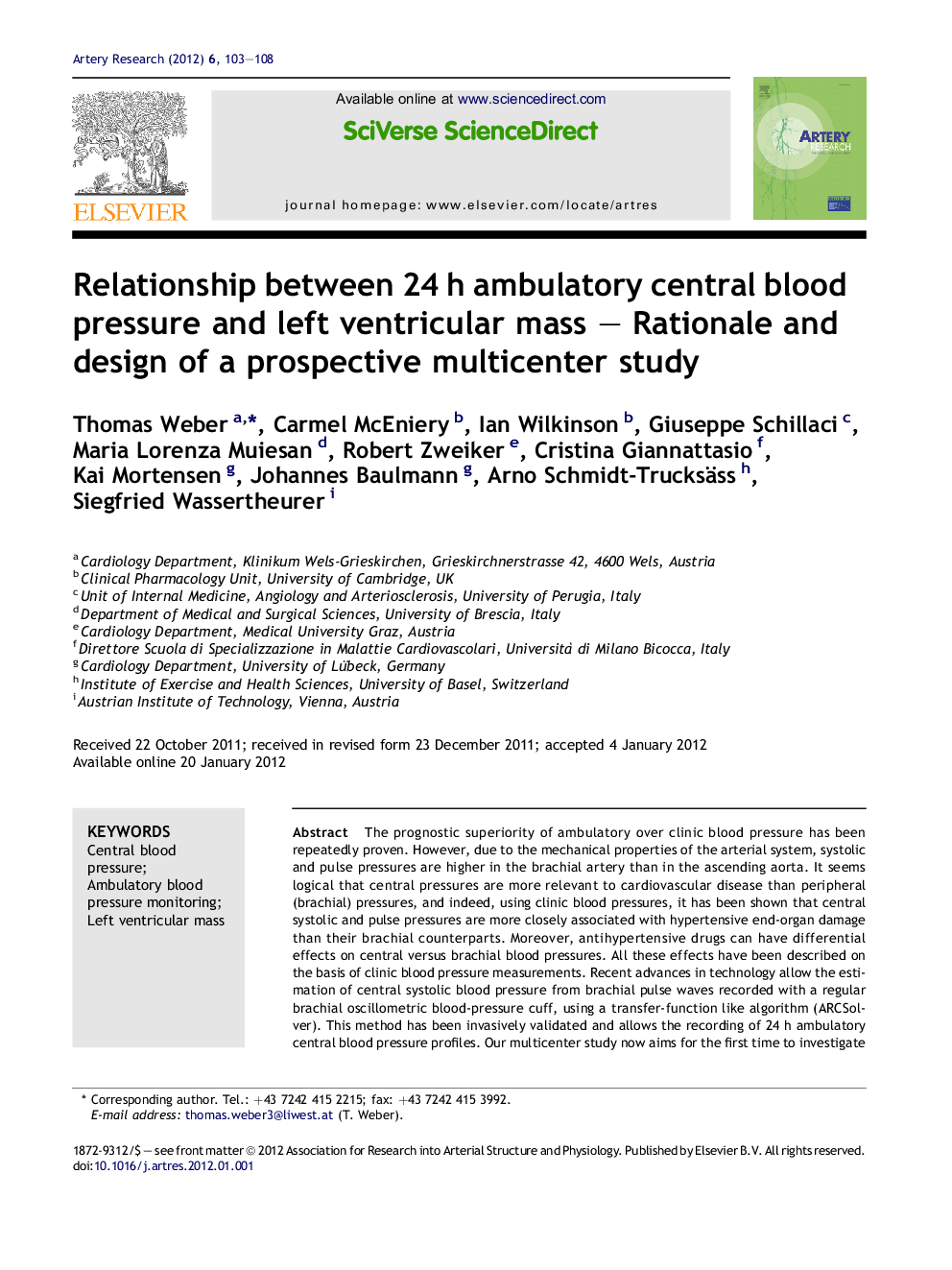| Article ID | Journal | Published Year | Pages | File Type |
|---|---|---|---|---|
| 2891927 | Artery Research | 2012 | 6 Pages |
The prognostic superiority of ambulatory over clinic blood pressure has been repeatedly proven. However, due to the mechanical properties of the arterial system, systolic and pulse pressures are higher in the brachial artery than in the ascending aorta. It seems logical that central pressures are more relevant to cardiovascular disease than peripheral (brachial) pressures, and indeed, using clinic blood pressures, it has been shown that central systolic and pulse pressures are more closely associated with hypertensive end-organ damage than their brachial counterparts. Moreover, antihypertensive drugs can have differential effects on central versus brachial blood pressures. All these effects have been described on the basis of clinic blood pressure measurements. Recent advances in technology allow the estimation of central systolic blood pressure from brachial pulse waves recorded with a regular brachial oscillometric blood-pressure cuff, using a transfer-function like algorithm (ARCSolver). This method has been invasively validated and allows the recording of 24 h ambulatory central blood pressure profiles. Our multicenter study now aims for the first time to investigate the relationship between central ambulatory blood pressure monitoring and hypertensive end-organ damage (left ventricular mass) in untreated adults.
